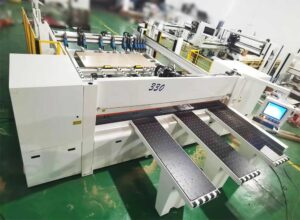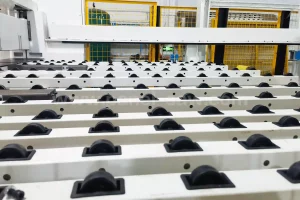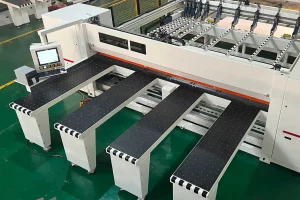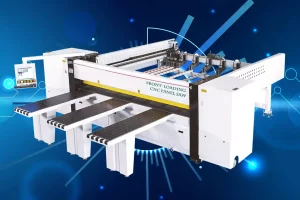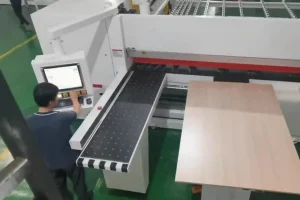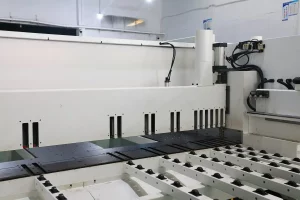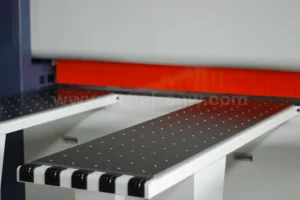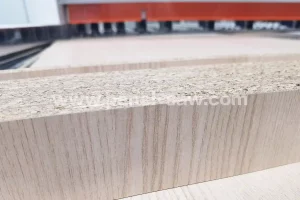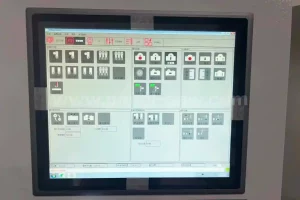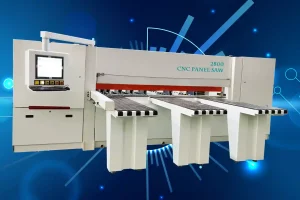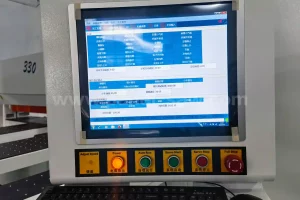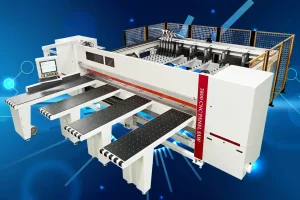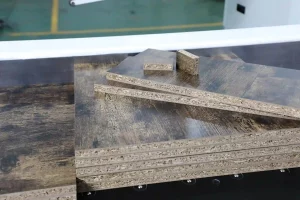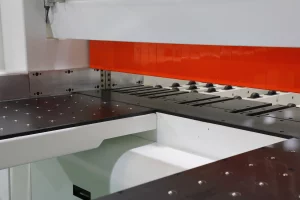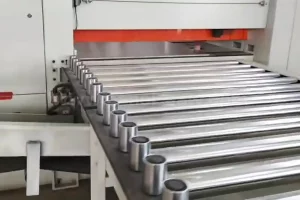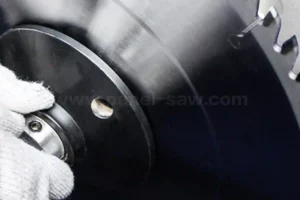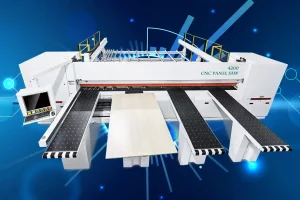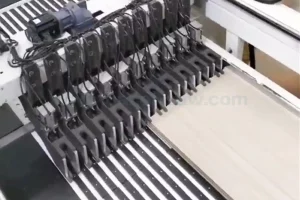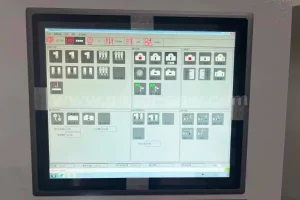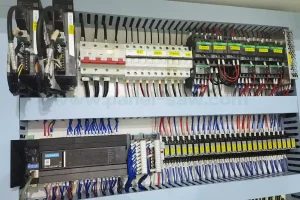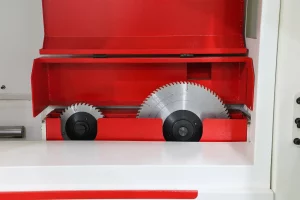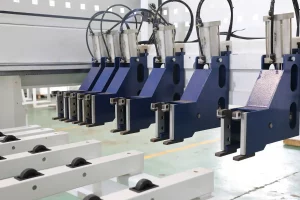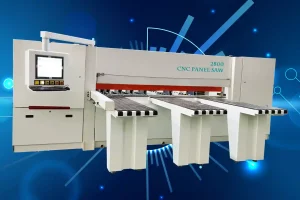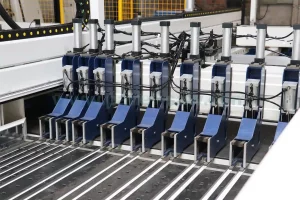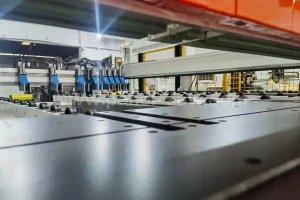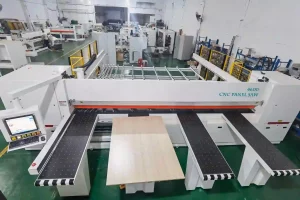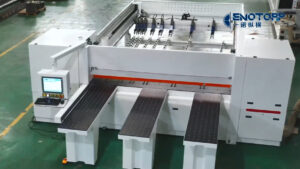
Power Sawing and Cutting vs. Hand Sawing: Choosing the Right Tool
Wood sawing and cutting techniques are pivotal in various projects, offering distinct advantages depending on the tools employed. This guide compares power sawing, utilizing electrically powered tools, with hand sawing, employing traditional manual tools, to help you determine the most suitable method for your specific woodworking needs.
Introduction to Power Sawing and Cutting
Power sawing revolutionizes woodworking with its efficiency and versatility, driven by electrically powered tools designed for different cutting applications. From circular saws for straight cuts to jig saws for intricate curves, these tools offer speed and precision crucial for handling diverse materials and project scopes.
Advantages of Power Saws: Power saws excel in cutting thick and dense materials such as plywood and metal, where their robust blades and motorized action ensure swift and precise cuts. They are essential for large-scale projects or tasks requiring repetitive cutting, thanks to their speed and consistent performance.
Conclusion: Choosing power saws enhances productivity and efficiency in woodworking, leveraging their capability to handle heavy-duty materials and complex cutting tasks with ease.
Introduction to Hand Sawing and Cutting
Hand sawing embodies traditional woodworking craftsmanship, relying on manual tools like handsaws and bow saws for precision and control. While inherently slower than power sawing, hand saws offer meticulous handling and are indispensable for delicate woodworking tasks that demand careful attention to detail.
Advantages of Hand Saws: Hand saws provide unparalleled control and precision, making them ideal for smaller projects or tasks where intricate cuts are required. They are particularly valued in artistic woodworking and fine crafting, where the artisan’s touch is paramount.
Conclusion: Employing hand saws preserves the artisanal tradition of woodworking, offering precise control over cuts and suitability for projects emphasizing craftsmanship and detail.
Considerations for Material Type and Safety
The choice between power sawing and hand sawing is influenced by the type of material being cut and the necessary safety precautions. Understanding these factors ensures optimal tool selection and safe operational practices.
Material Compatibility: Power saws are best suited for thick and dense materials such as plywood and metal, whereas hand saws excel in cutting thinner materials like wood and plastics. Material density and composition dictate the appropriate tool for achieving clean cuts and minimizing material waste.
Safety Precautions: Power saws require stringent safety measures due to their high-speed operation and potential kickbacks. It’s crucial to wear appropriate PPE, secure materials firmly, and maintain a clear work area to mitigate risks. Hand sawing, while safer in terms of speed, also requires careful handling to prevent accidental slips and injuries.
Conclusion: Considering material compatibility and implementing adequate safety precautions ensures efficient and safe sawing operations, whether using power saws or hand saws.
Choosing Between Power Sawing and Hand Sawing
The decision to use power sawing or hand sawing hinges on project complexity, size, and the desired level of precision. Understanding their respective strengths and limitations empowers woodworkers to make informed choices that align with project requirements and goals.
Project Considerations: Power saws are favored for large-scale projects or tasks demanding efficiency and speed, such as construction and renovation projects. Hand saws shine in smaller-scale projects where precision and meticulous craftsmanship are paramount, such as furniture making or artistic woodworking.
Conclusion: By weighing project specifics against the advantages offered by power sawing and hand sawing, woodworkers can optimize their workflow and achieve superior results tailored to the unique demands of each project.
This comprehensive guide has explored the nuances of power sawing and hand sawing techniques in woodworking, emphasizing their distinct advantages and suitability for different project requirements. By understanding the capabilities of each method and considering factors such as material type, safety precautions, and project complexity, woodworkers can effectively choose between power saws and hand saws to achieve optimal cutting results.
FAQ
Q: What are power saws and hand saws used for in woodworking? A: Power saws, such as circular saws and jig saws, are used for efficient cutting of thick and dense materials in large-scale projects. Hand saws, like handsaws and bow saws, are employed for precise cutting in smaller-scale woodworking tasks requiring detailed craftsmanship.
Q: What are the advantages of using power saws over hand saws? A: Power saws offer increased speed, efficiency, and capability to handle heavy-duty materials compared to hand saws. They are ideal for large-scale projects and tasks where productivity and consistent cutting performance are paramount.
Q: When should I choose hand sawing over power sawing? A: Hand sawing is preferred for smaller projects or tasks that require precise control and meticulous craftsmanship. It is particularly suitable for woodworking projects where intricate cuts and attention to detail are essential.
Q: What safety precautions should I take when using power saws? A: When using power saws, ensure to wear appropriate PPE (Personal Protective Equipment), secure materials firmly, and maintain a clear work area to prevent accidents and injuries. Follow manufacturer’s guidelines for safe operation and maintenance of power tools.
Q: How do I decide between power sawing and hand sawing for a woodworking project? A: Consider the project’s size, complexity, material type, and desired level of precision. Power saws are best for large-scale projects requiring efficiency, while hand saws excel in smaller-scale projects emphasizing craftsmanship and detailed cuts.

